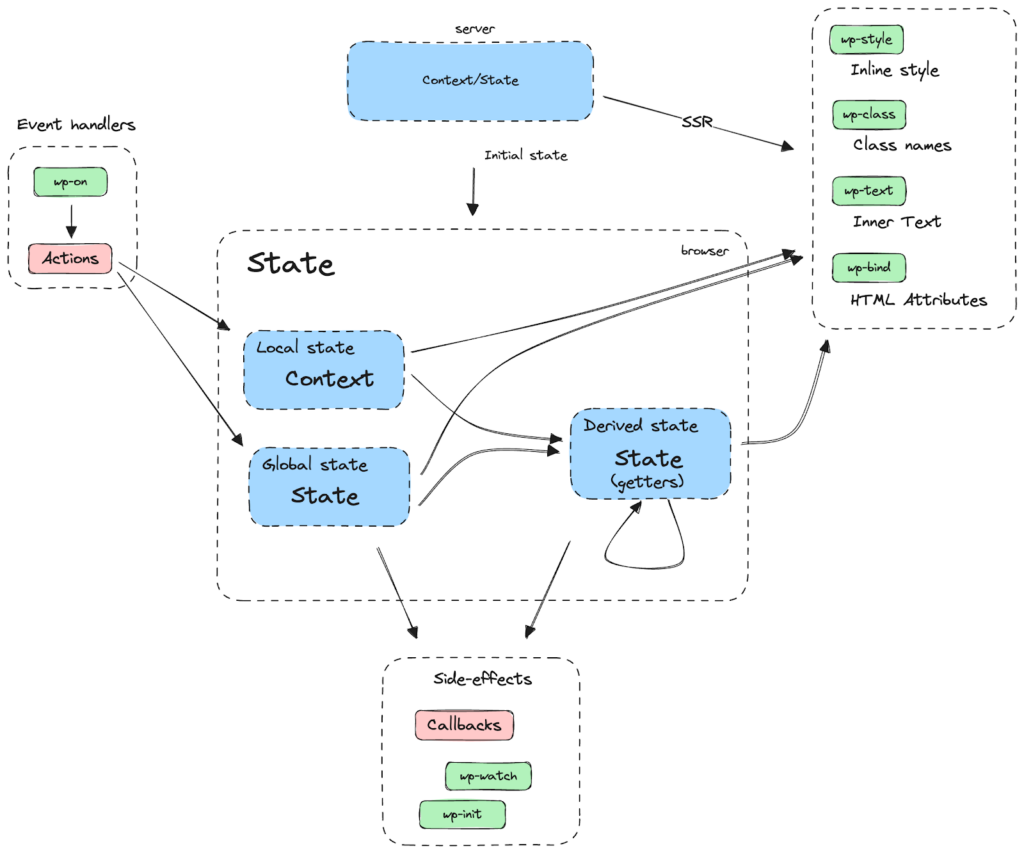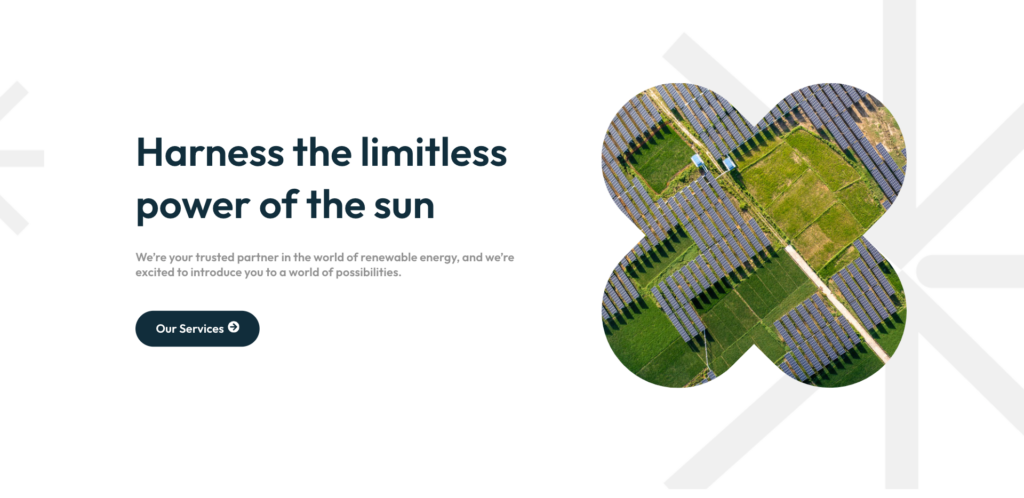Collaborative design is a dynamic approach to problem-solving and creativity that brings together multiple perspectives, skills, and ideas. Unlike traditional design processes, where tasks are often siloed, collaborative design encourages open communication and teamwork, leading to innovative solutions. In today’s fast-paced and interconnected world, this method has become essential in many industries, from technology to entertainment.
The Evolution of Collaborative Design
The concept of collaborative design has evolved significantly over the years. Historically, design was often seen as a solitary activity, with individuals working in isolation to create solutions. However, as projects became more complex and multidisciplinary, the need for collaboration grew. The rise of digital tools and the internet further accelerated this shift, making it easier for teams to work together, regardless of their physical location. Today, collaborative design is a cornerstone of successful product development and creative projects.
Key Elements of Collaborative Design
Effective collaborative design hinges on several key elements:
- Open Communication: For collaboration to be successful, all team members must communicate openly and honestly. This ensures that ideas flow freely and that any issues are addressed promptly.
- Shared Goals and Vision: Teams need to align on the project’s objectives and vision. A clear, shared understanding helps guide the design process and keeps everyone focused on the end goal.
- Diverse Skill Sets: A diverse team brings together different skills, perspectives, and experiences. This diversity can lead to more innovative solutions as team members contribute unique ideas and approaches.
Benefits of Collaborative Design
Collaborative design offers numerous benefits that can significantly impact the success of a project:
Increased Creativity and Innovation
When people from different backgrounds and expertise come together, they bring a variety of ideas and perspectives. This diversity fosters creativity and leads to more innovative solutions than what could be achieved by individuals working alone.
Faster Problem-Solving
Collaboration allows for quicker identification and resolution of issues. With multiple minds tackling the same problem, solutions are often found faster, leading to more efficient project completion.
Enhanced Team Morale
Working collaboratively can improve team morale and job satisfaction. When team members feel that their contributions are valued and that they are part of a cohesive unit, they are more motivated and engaged.
Challenges in Collaborative Design
Despite its many benefits, collaborative design also presents challenges that teams must navigate:
Communication Barriers
Effective communication is crucial in collaborative design, but it can be challenging, especially when team members come from different disciplines or backgrounds. Misunderstandings and miscommunication can hinder progress.
Conflicting Ideas
While diversity of thought is a strength, it can also lead to conflicts. Team members may have differing opinions on the best approach to a problem, which can slow down the decision-making process.
Managing Group Dynamics
Working in a group requires careful management of personalities and dynamics. Ensuring that all voices are heard, and that conflicts are resolved constructively, is key to maintaining a productive collaborative environment.
Tools and Platforms for Collaborative Design
To facilitate effective collaboration, teams can leverage various tools and platforms:
- Digital Whiteboards: Platforms like Miro and MURAL allow teams to brainstorm, sketch ideas, and organize thoughts visually in a shared digital space, no matter where they are located.
- Project Management Tools: Tools such as Trello and Asana help teams manage tasks, set deadlines, and track progress. These platforms ensure that everyone is on the same page and that the project stays on track.
- Real-Time Collaboration Software: Software like Figma and Google Workspace enables multiple users to work on the same document or design simultaneously, making it easier to collaborate in real-time and make adjustments on the fly.
Collaborative design is more than just a trend; it’s a proven approach that fosters creativity, innovation, and efficiency in various fields. By embracing open communication, aligning on shared goals, and leveraging diverse skill sets, teams can produce superior results that would be difficult to achieve individually. While there are challenges, such as communication barriers and managing group dynamics, the benefits far outweigh the obstacles.
As technology continues to evolve, so too will the tools and methods for collaboration, making it easier for teams to work together, no matter where they are located. By adopting best practices and using the right tools, organizations can unlock the full potential of collaborative design, leading to more successful projects and satisfied teams.
In today’s interconnected world, mastering collaborative design is essential for staying competitive and achieving long-term success. Whether you’re in technology, design, or any other industry, the principles of collaboration can help you create more innovative, effective, and impactful work.



